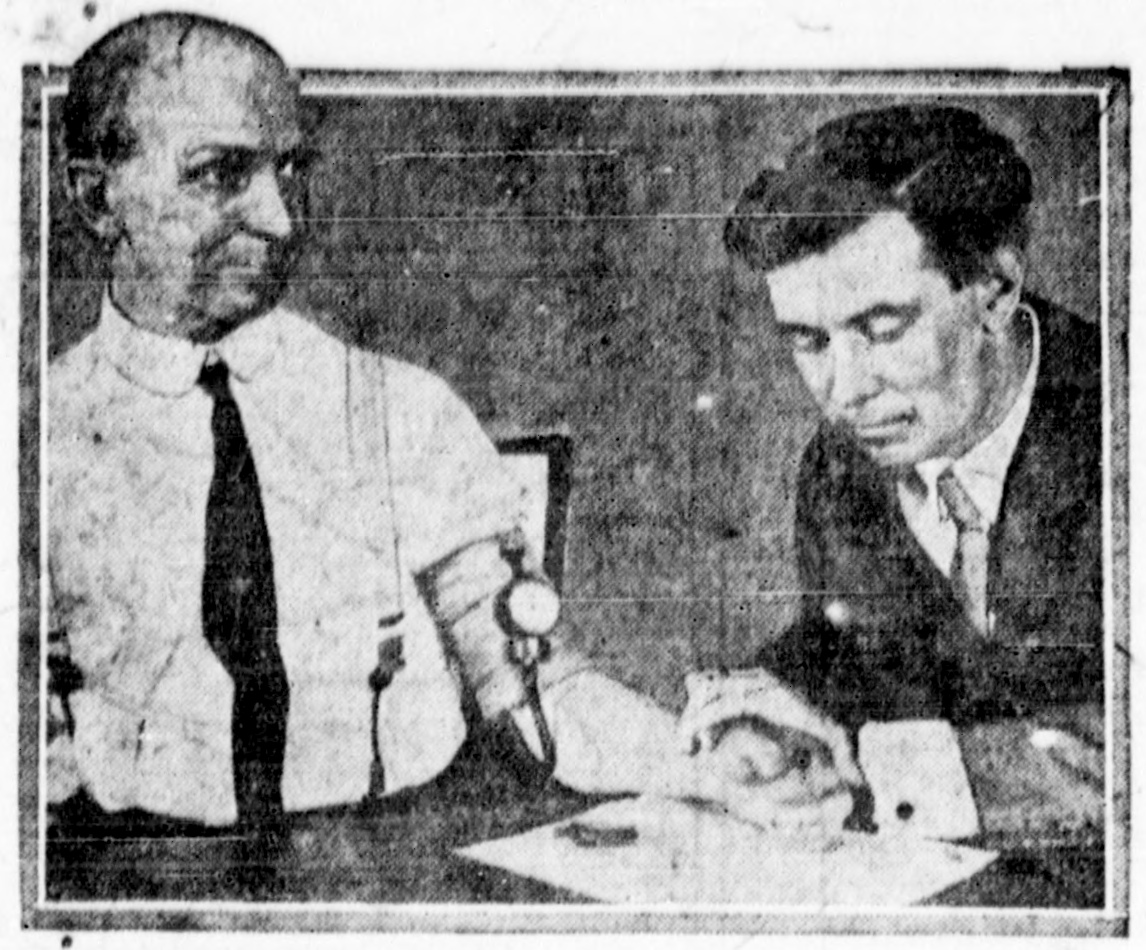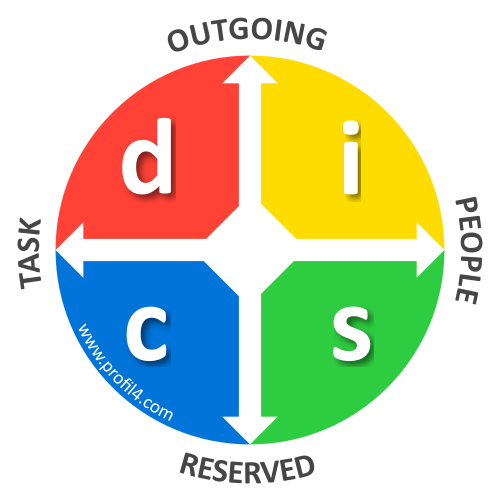|
Activity Vector Analysis
Activity vector analysis (AVA) is a psychometric questionnaire designed to measure four personality factors or vectors: aggressiveness, sociability, emotional control and social adaptability. It is used as an employment test. The AVA was developed by the psychologist Walter V. Clarke in 1942, based on work by Prescott Lecky, William Marston and others. Retrieved 2012-03-03 See also *DISC assessment
A DISC assessment is a behavioral self-assessment tool based on psychologist William Moulton Marston's DISC emotional and behavioral theory, first published in 1928. These assessments aim to improve job performance by categorizing individuals in ...
* [...More Info...] [...Related Items...] OR: [Wikipedia] [Google] [Baidu] |
Psychometric
Psychometrics is a field of study within psychology concerned with the theory and technique of measurement. Psychometrics generally covers specialized fields within psychology and education devoted to testing, measurement, assessment, and related activities. Psychometrics is concerned with the objective measurement of Latent variable, latent constructs that cannot be directly observed. Examples of latent constructs include intelligence, introversion, Mental disorder, mental disorders, and Educational measurement, educational achievement. The levels of individuals on nonobservable latent variables are Statistical inference, inferred through mathematical model, mathematical modeling based on what is observed from individuals' responses to items on tests and scales. Practitioners are described as psychometricians, although not all who engage in psychometric research go by this title. Psychometricians usually possess specific qualifications, such as degrees or certifications, and ... [...More Info...] [...Related Items...] OR: [Wikipedia] [Google] [Baidu] |
Employment Testing
Employment testing is the practice of administering written, oral, or other tests as a means of determining the suitability or desirability of a job applicant. The premise is that if scores on a test correlate with job performance, then it is economically useful for the employer to select employees based on scores from that test. Legal context (United States) The United States Supreme Court has decided several cases clarifying the place of employment testing in the context of discrimination law. In particular, these cases have addressed the discriminatory use of tests when promoting employees by requiring tests beyond the education required for the job. A central finding in Griggs v. Duke Power Co. was that the employer must demonstrate (or be prepared to demonstrate) that its selection process is related to the job being filled. Test types Different types of assessments may be used for employment testing, including personality tests, intelligence tests, work samples, and ... [...More Info...] [...Related Items...] OR: [Wikipedia] [Google] [Baidu] |
Prescott Lecky
Prescott Lecky (November 1, 1892 – May 30, 1941) was a lecturer of Psychology at Columbia University from 1924 to 1934. At a time when American psychology was dominated by behaviorism, he developed the concept of self-help as a method in psychotherapy of the self in the 1920s. His concepts influenced Maxwell Maltz in his writing of the classic self-help book, Psycho-Cybernetics. George Kelly, in his book The Psychology of Personal Constructs, also credits Lecky as an influence. Lecky stressed the defense mechanism of resistance as an individual's method of regulating his self-concept. Lecky's self-consistency theory is that self-consistency is a primary motivating force in human behavior. Lecky's theory concerned the organization of ideas of the self and the self's overall need for a "master" motive that serves to maintain for the self a consistency in ideas. Self-consistency theory remains relevant to contemporary personality and clinical psychologists. He was well ... [...More Info...] [...Related Items...] OR: [Wikipedia] [Google] [Baidu] |
William Moulton Marston
William Moulton Marston (May 9, 1893 – May 2, 1947), also known by the pen name Charles Moulton (), was an American psychologist who, with his wife Elizabeth Holloway, invented an early prototype of the polygraph. He was also known as a self-help author and comic book writer who created the character Wonder Woman. Two women, his wife Elizabeth Holloway Marston, and their polyamorous life partner, Olive Byrne, greatly influenced Wonder Woman's creation. He was inducted into the Comic Book Hall of Fame in 2006. Biography Early life and career Marston was born in the Cliftondale section of Saugus, Massachusetts, the son of Annie Dalton (née Moulton) and Frederick William Marston. Marston was educated at Harvard University, graduating Phi Beta Kappa and receiving his B.A. in 1915, an LL.B. in 1918, and a PhD in psychology in 1921. While a student at Harvard, Marston sold his first script, ''The Thief'', to filmmaker Alice Guy-Blaché, who directed the film in 1913. After tea ... [...More Info...] [...Related Items...] OR: [Wikipedia] [Google] [Baidu] |
DISC Assessment
A DISC assessment is a behavioral self-assessment tool based on psychologist William Moulton Marston's DISC emotional and behavioral theory, first published in 1928. These assessments aim to improve job performance by categorizing individuals into four personality traits: dominance, inducement, submission, and compliance. The scientific validity of the DISC assessment has been a topic of discussion among researchers and practitioners. While some psychologists question its predictive validity and place it outside mainstream personality theory, DISC remains widely used in business, coaching, and organizational development due to its accessibility and practical application. Supporters argue that, despite lacking the empirical rigor of models like the Big Five, DISC provides clear and actionable insights that enhance communication, teamwork, and self-awareness in workplace settings. History The DISC personality theory was first outlined in the book '' Emotions of Normal People'' ... [...More Info...] [...Related Items...] OR: [Wikipedia] [Google] [Baidu] |
List Of Tests
The following is an alphabetized and categorized list of notable tests. Clinical psychology tests Cognitive development tests Intelligence tests * Cattell Culture Fair * Kohs block * Woodcock–Johnson Tests of Cognitive Abilities * Multidimensional Aptitude Battery II * Leiter International Performance Scale * Miller Analogies Test * Otis–Lennon School Ability Test * Raven's Progressive Matrices * Stanford–Binet Intelligence Scales * Sternberg Triarchic Abilities Test * Turing test * Wechsler Adult Intelligence Scale * Wechsler Intelligence Scale for Children * Wechsler Preschool and Primary Scale of Intelligence * Wonderlic Test * Iq test * Trust metric Medical tests Self tests Statistical tests * Ames test * Chi-squared test * Draize test * Dixon's Q test * F-test * Fisher's exact test * GRIM test * Kolmogorov–Smirnov test * Kuiper's test * Likelihood-ratio test * Median test * Mann–Whitney U test * Pearson's chi-squared test * Rank produc ... [...More Info...] [...Related Items...] OR: [Wikipedia] [Google] [Baidu] |
Personality Tests
A personality test is a method of assessing human personality construct (psychology), constructs. Most personality assessment instruments (despite being loosely referred to as "personality tests") are in fact introspective (i.e., subjective) self-report questionnaire (Q-data, in terms of LOTS of data, LOTS data) measures or reports from life records (L-data) such as rating scales. Attempts to construct actual performance tests of personality have been very limited even though Raymond Cattell with his colleague Frank Warburton compiled a list of over 2000 separate objective tests that could be used in constructing objective personality tests. One exception, however, was the Objective-Analytic Test Battery, a performance test designed to quantitatively measure 10 factor-analytically discerned personality trait dimensions. A major problem with both L-data and Q-data methods is that because of item transparency, rating scales, and self-report questionnaires are highly susceptible to mo ... [...More Info...] [...Related Items...] OR: [Wikipedia] [Google] [Baidu] |

